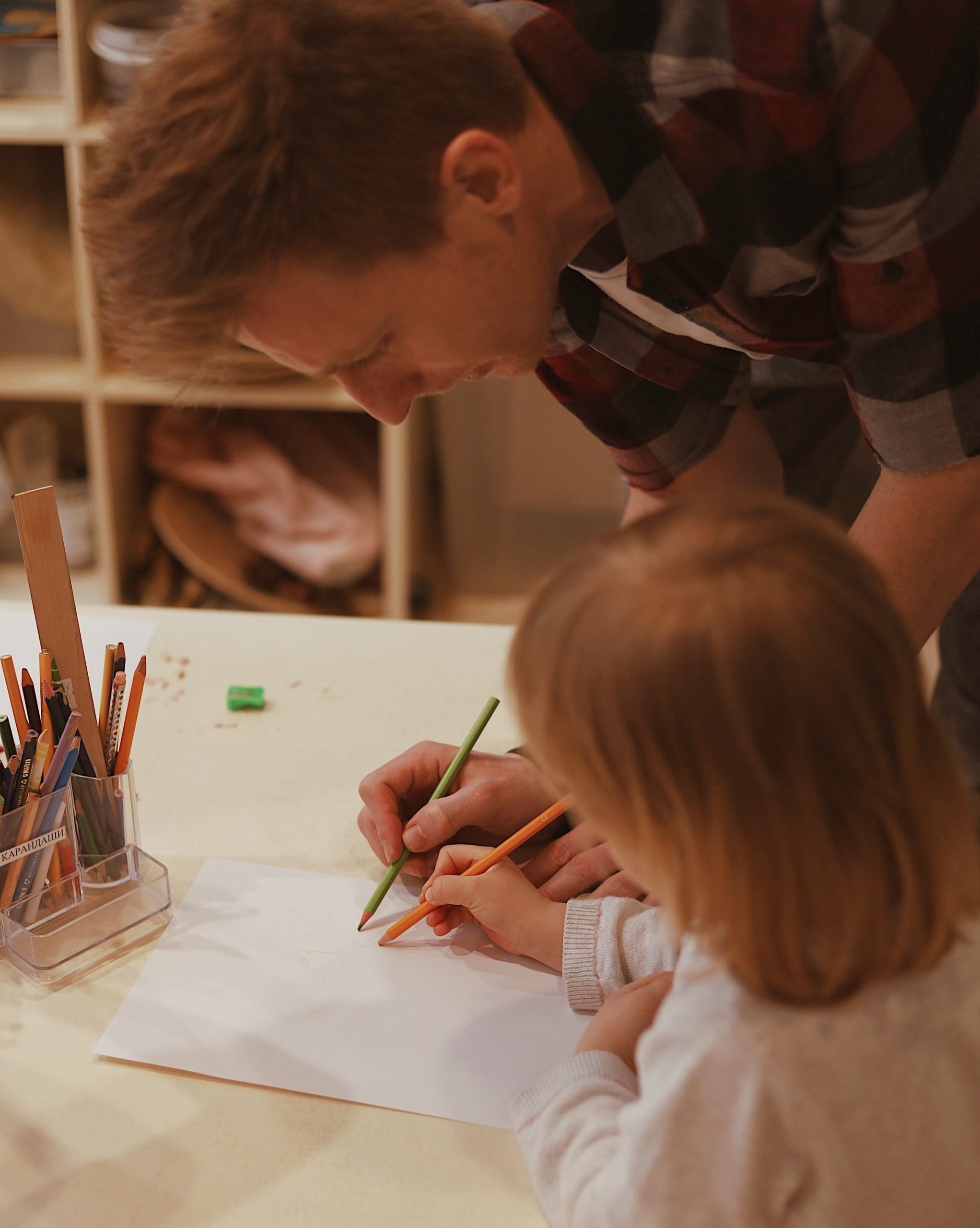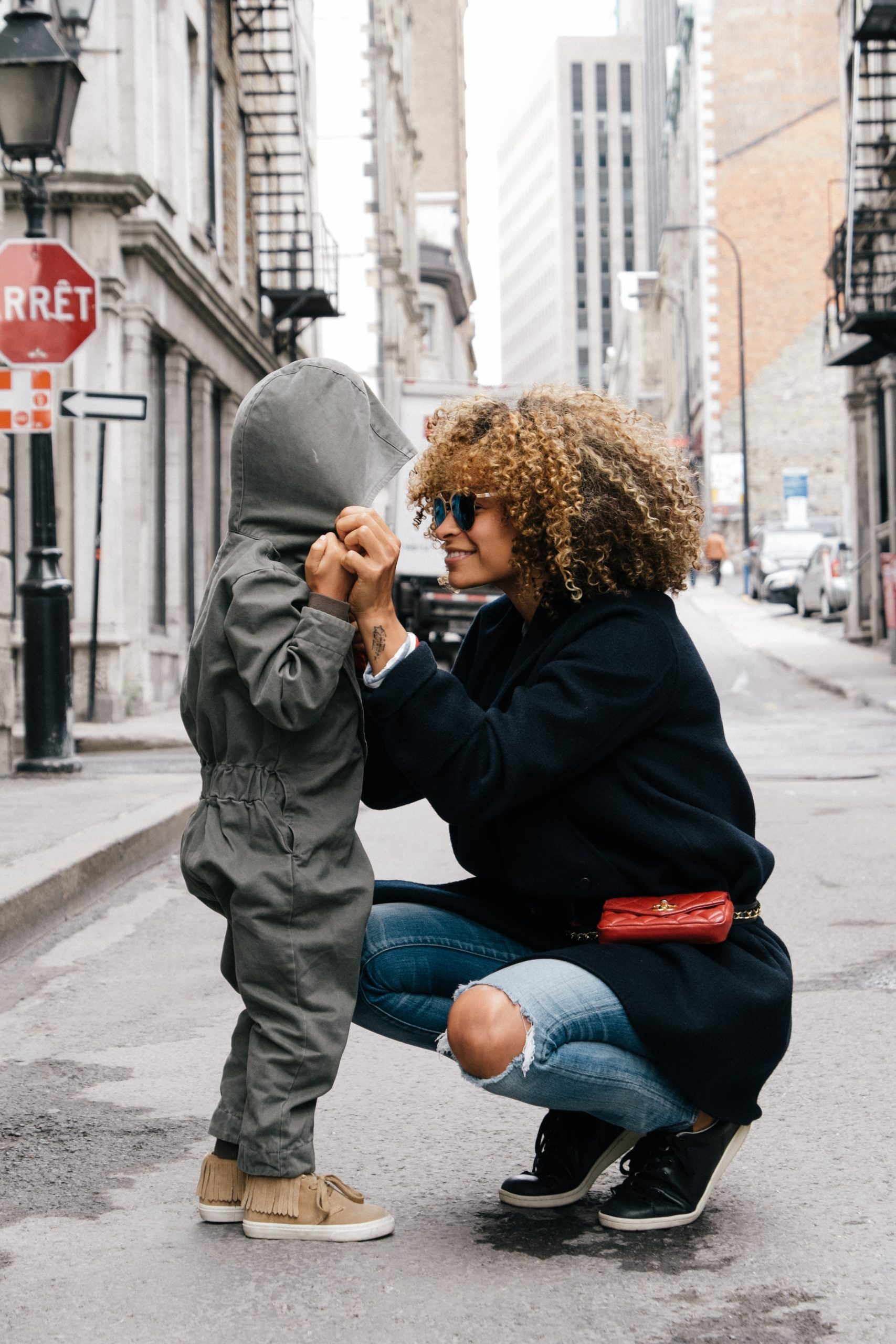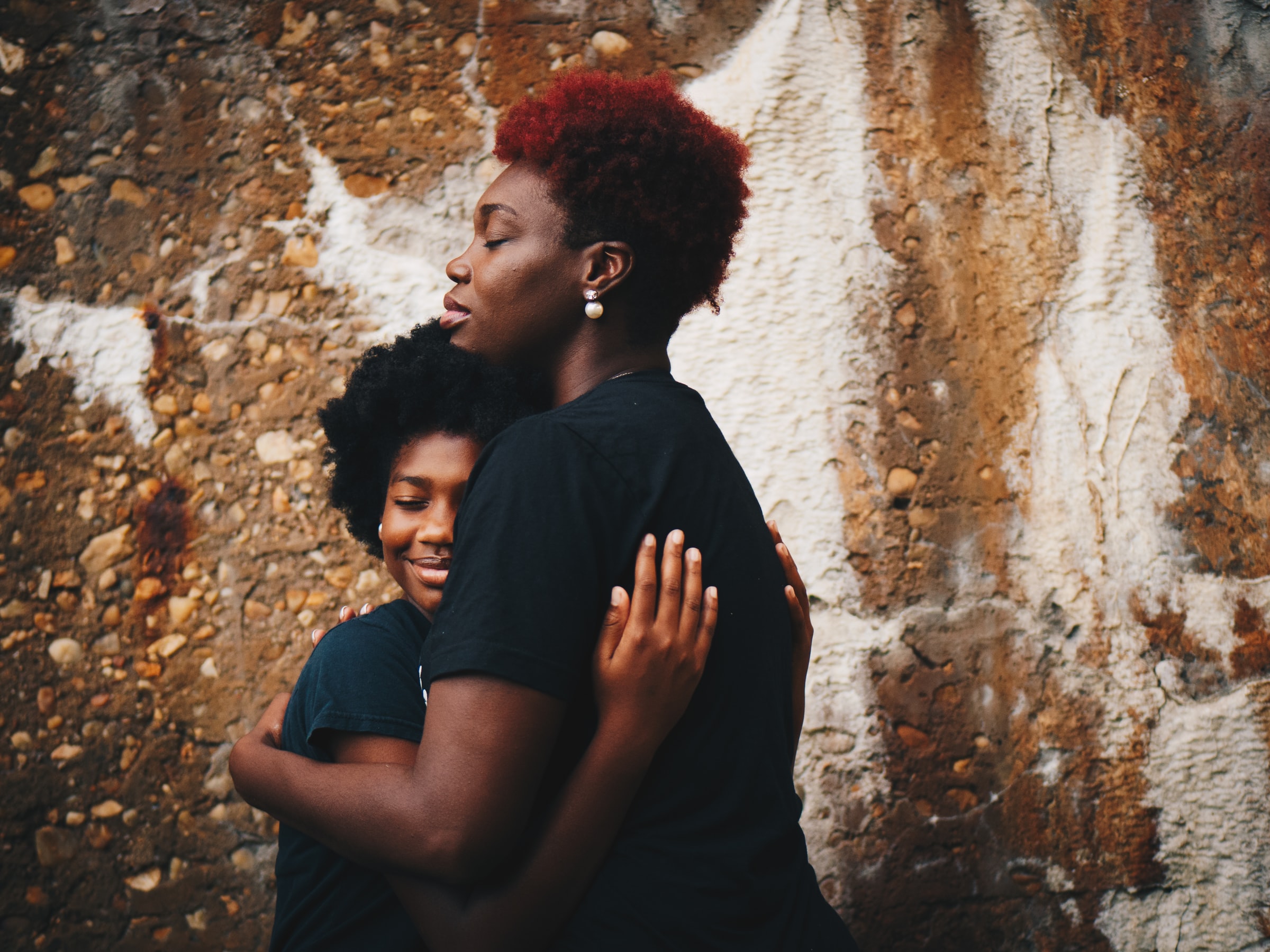Sexuality is an integral part of our adult lives, but we are often uncomfortable talking about it with our young children. Most parents know that sex education is essential, but they don’t always know how to answer their children’s famous questions… Is there a specific way to go about it? How should we react when our children ask us questions? Should we anticipate the questions or let them come?
Your kids are curious about everything and inquisitive about the world around them. We need to teach them about sexual orientation because not all families look the same and are diverse. So, without further ado, let’s dive into this blog and learn some of the things you ought to know about talking to your kids about sexual orientation.
What is sexual orientation?

The simplest way to explain this is who you are attracted to. Some people like men, some people like women, some people like people, and others like nobody. Sexuality can be either about physical attraction or romantic feelings. Sexual orientation is entirely different from gender identity. Judith Butler once said that “there is no gender identity behind the expression of gender…identity is performatively constituted by the very ‘expressions’ that are said to be its result.”
When it comes to sexual orientation, you have most likely heard some of the most popular terms like lesbian, gay, bisexual, demisexual, or pansexual. However, we can see how people get confused with sexuality and gender identity because they tend to be lumped under the LGBTQIA+ umbrella. Gender identity is who a person sees themselves as, especially regarding the gender spectrum (female, male, non-binary, genderfluid), whilst sexual orientation is who you think you are attracted physically or sexually to or could see yourself loving.
1. Be aware that every child is different
We have two children, and they often hear things differently. My child, now eight, always needed a thorough review when I explained something, while my five-year-old is comfortable with more straightforward explanations. It might be better to have the sexual orientation conversations separately, if possible, for those in-depth conversations. Each child is unique and may have different levels of questions, understanding, and experiences.
2. Tell them you love them for the totality of who they are

Knowing what is not being said is sometimes as important as what is being said. For example, two men are kissing on TV, and Uncle Joe gets angry or makes a crude joke. Therefore, you may want to come back with your child later and ask how Uncle Joe reacted (“What did you think of Uncle Joe’s words when he was watching TV?”). If you never return to this point, the child may hear that your family does not think this is acceptable.
Starting a conversation about this can create an open space for discussion. You can continue by saying, “Can I tell you what I think about this?”. You can use this opportunity to share your values and beliefs, even in a simple statement like “I believe people should feel free to find the partner they love and trust.”
Returning to the topic of healthy relationships, you could frame this conversation as to whether they were in love or kissed or touched on the first date, for example. Then you could talk about what love is, how it feels or feels like, and how to handle physical closeness (like kissing, touching, sex) when you are interested in someone. This is also another opportunity for you to share your values and beliefs.
It is important to follow up with your child and tell them they have a safe space to talk about their feelings. We often assume that our children know we love them no matter what, but that’s not always the case. It is good to tell them that you love them for the totality of who they are and that they can talk to you. If they don’t feel comfortable or don’t want to talk, it’s good to choose a trusted adult to whom you can refer them.
3. Understand that it is normal to take a break
As a parent, I know we are not always in the right mood for these important conversations (like driving a car during rush hour). The advice I can give you is that there is nothing wrong with coming back to the conversation. Tell your child that it’s an important topic and that you’re glad they brought it up, and then ask them if we can talk about it another time, maybe when we can get a few minutes to ourselves.
That’s what I did. I can go and re-read some reliable online resources (like the ones below), take a few deep breaths, and come back feeling a little more mentally prepared. But don’t forget to follow up with your child if you decide to go this route! Sometimes I even ask my child to remind me when I forget, and he always seems to remember.
4. Find favorable times for learning

There are many opportunities to engage in conversation with your children. There are moments conducive to learning everywhere, from song lyrics to television to meeting people in our community. I think these moments can also be a relief for kids and parents because they are not intimidating. An excellent place to start is “What do you think about this?”. Then this can open up the next step of the conversation.
Sound off in the comments section below and tell us what you want to read next and if you want to read more about talking to your kids about sexual orientations.






